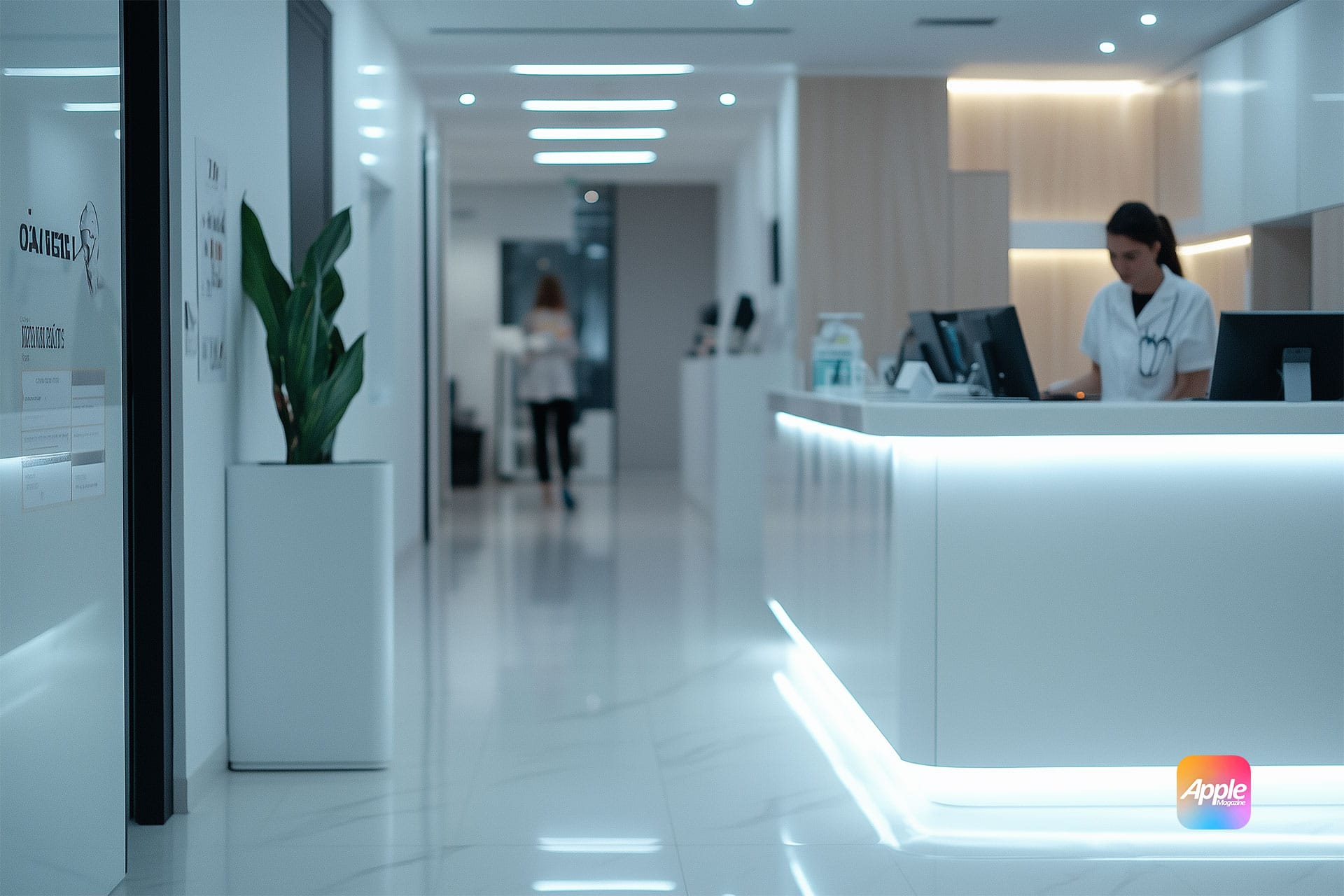Virtual medical receptionist systems have emerged as a potential solution to address this issue. By handling various administrative tasks, these systems offer numerous benefits, including reduced wait times, enhanced patient experience, and better resource management. But do virtual front desk for medical practice actually improves wait times in healthcare settings? This article will explore how these systems can impact wait times, how they work, and whether they can make a difference for both patients and healthcare providers.
The Challenge of Long Wait Times in Healthcare
Long wait times have long been a common issue within healthcare settings. Studies have shown that patients are often frustrated with the amount of time they spend waiting for appointments or even for a simple phone call with their healthcare provider. According to the American Medical Association, patient wait times are a key metric in determining patient satisfaction. When patients experience prolonged delays, it can lead to negative emotions, decreased trust in healthcare providers, and lower overall ratings for healthcare facilities.
Reducing wait times is not only crucial for patient satisfaction but also for improving operational efficiency. In many practices, receptionists handle multiple tasks, from answering calls to scheduling appointments and managing patient records. This can often create bottlenecks and delays, especially during busy times. Virtual medical receptionists may offer a solution to streamline these processes and help alleviate the strain on office staff.

What is a Virtual Medical Receptionist?
A virtual medical receptionist is an automated system that assists in performing a range of administrative tasks typically handled by a human receptionist. These systems can manage appointment scheduling, answer patient inquiries, confirm appointments, collect patient information, and even provide reminders for upcoming visits. By taking over routine tasks, virtual medical receptionists free up time for human staff to focus on more critical aspects of patient care.
These systems are designed to integrate seamlessly with practice management software, enabling them to automatically update patient records, schedule appointments based on availability, and send confirmations or reminders without human intervention. The goal of a virtual medical receptionist is not only to reduce the workload on staff but also to improve overall efficiency within the practice, potentially reducing patient wait times.

How Virtual Medical Receptionists Impact Wait Times
Streamlining Appointment Scheduling
One of the primary ways in which virtual medical receptionists improve wait times is by streamlining the appointment scheduling process. In traditional settings, patients often have to call the office to schedule an appointment, which can lead to delays due to busy phone lines or extended hold times. With a virtual medical receptionist, patients can book their appointments online at their convenience. This reduces the number of phone calls that human receptionists need to answer, allowing them to focus on in-person patient needs and reducing the overall waiting time for those trying to reach the office.
By automating the scheduling process, virtual medical receptionists also ensure that appointments are booked efficiently, preventing double bookings and ensuring that there are no gaps in the schedule. This means that patients spend less time waiting to be seen and the practice can accommodate more patients in less time.
Reducing Administrative Burden
In addition to appointment scheduling, virtual medical receptionists help reduce the administrative burden on office staff. Receptionists often juggle multiple responsibilities, including answering calls, taking messages, confirming appointments, and managing patient data. This can cause delays in patient service, particularly when the receptionist is busy with other tasks.
With a virtual medical receptionist, many of these administrative tasks are automated. For instance, the system can handle appointment confirmations and reminders, update patient records, and even answer basic questions. This allows human receptionists to focus on tasks that require a personal touch, such as checking in patients and providing assistance to those with special needs.
By offloading routine tasks to the virtual medical receptionist, healthcare practices can reduce delays caused by overwhelmed staff, ultimately improving wait times for patients.
Improved Patient Communication
Another significant benefit of virtual medical receptionists is their ability to improve patient communication. These systems can send automatic reminders to patients about upcoming appointments, reducing the number of no-shows or late arrivals. Patients are less likely to forget their appointments or show up late, which helps keep the schedule running smoothly and reduces the need for patients to wait due to delays caused by others.
Moreover, virtual medical receptionists can provide patients with the information they need without requiring them to wait on hold for a receptionist to answer. Patients can easily check their appointment status, reschedule if necessary, or even ask basic questions about office procedures. This instant access to information not only enhances the patient experience but also keeps the office running efficiently, reducing the chances of long wait times.
Handling High Call Volumes
Healthcare offices, especially busy clinics or hospitals, often experience high call volumes, particularly during peak hours. With a virtual medical receptionist, practices can handle more calls simultaneously without overwhelming their staff. This is especially important during times when the office is short-staffed or when human receptionists are already occupied with other tasks.
By automating many of the basic tasks related to answering calls, a virtual medical receptionist can free up human staff to focus on more complex patient needs. This means that patients calling for simple requests or inquiries don’t have to wait on hold for long periods of time, and staff can respond more quickly to those in need of assistance.

Real-World Examples of Virtual Medical Receptionists Improving Wait Times
Many healthcare practices have already implemented virtual medical receptionist systems to improve wait times, and the results have been promising. For example, a study conducted by a large healthcare organization found that after integrating a virtual medical receptionist into their scheduling process, they reduced patient wait times by 25%. Patients were able to schedule appointments online, receive reminders, and access information more quickly, leading to a more efficient office workflow.
In another example, a dental practice reported a significant decrease in call waiting times after implementing a virtual medical receptionist. The system was able to handle appointment confirmations, cancellations, and rescheduling requests without requiring a human receptionist to be involved. As a result, patients experienced shorter wait times when calling the office, and the practice saw a higher patient satisfaction rate.
Potential Drawbacks and Considerations
While the benefits of virtual medical receptionists are clear, there are some potential drawbacks and considerations that healthcare providers should be aware of. For example, while virtual medical receptionists can automate many tasks, there will still be situations where human interaction is needed. Patients with complex needs or those requiring special accommodations may still prefer to speak with a human receptionist. It’s important for practices to ensure that their virtual receptionist system has a clear pathway for patients to escalate to a live person when necessary.
Additionally, virtual medical receptionist systems may require an initial investment in technology and setup. Practices will need to evaluate the cost of implementation and consider whether the benefits in terms of improved efficiency and reduced wait times justify the expense. For smaller practices, this upfront cost may be a deterrent.

In conclusion, MSR virtual medical receptionists can significantly improve wait times in healthcare settings. By automating routine administrative tasks, streamlining appointment scheduling, and improving patient communication, these systems offer healthcare providers a way to enhance the patient experience while improving operational efficiency.
While there are some potential challenges, the benefits of virtual medical receptionists in reducing wait times are clear.
For practices looking to improve patient satisfaction and optimize their operations, a virtual medical receptionist is a powerful tool to consider.








